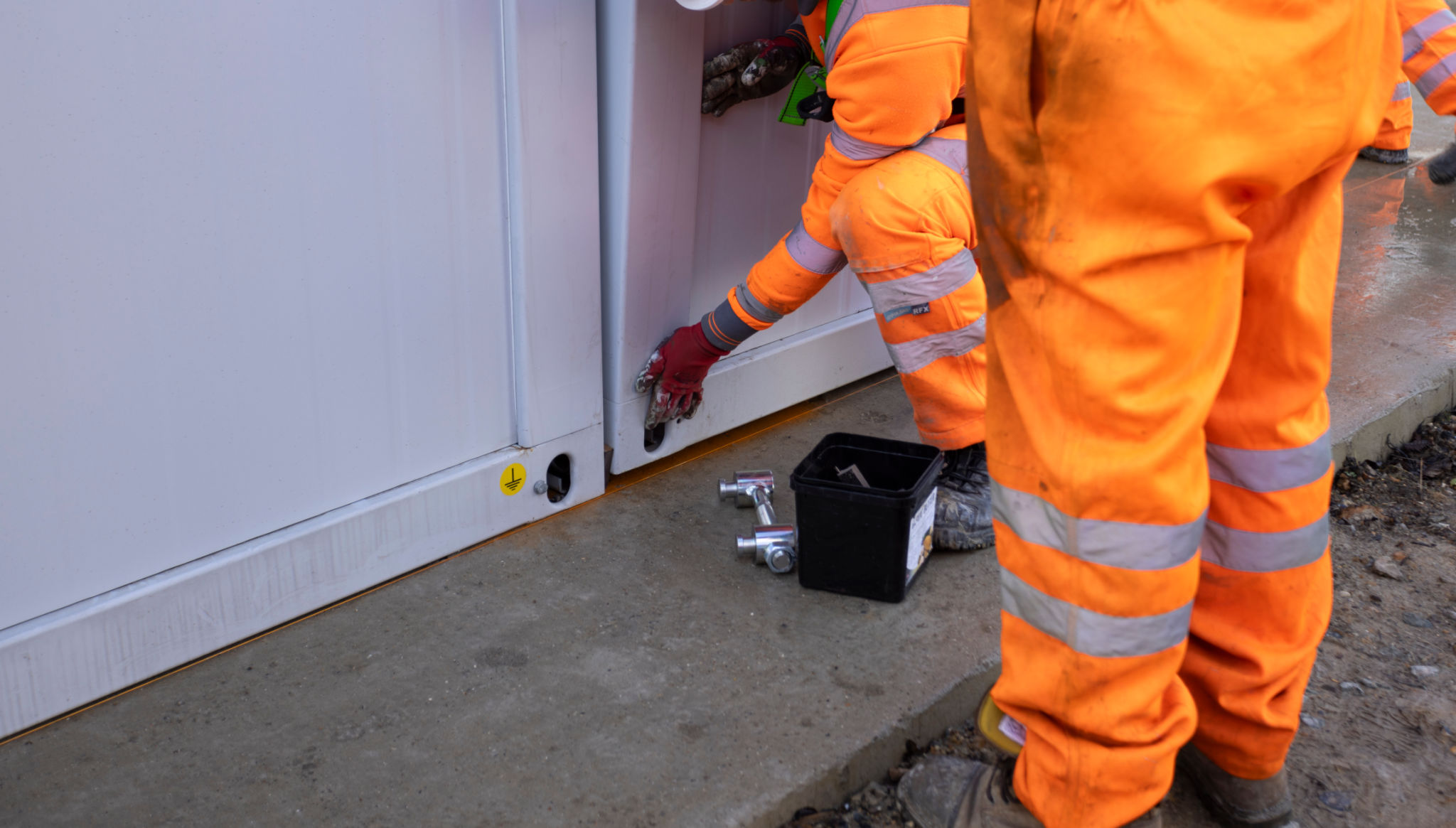Top Crane Safety Tips for Construction Workers
KM
Understanding the Importance of Crane Safety
Crane safety is a critical component of construction site operations. Proper safety measures not only protect workers but also ensure the smooth operation of construction activities. Understanding the risks and implementing effective safety protocols can significantly minimize accidents and improve operational efficiency.

Pre-Operation Safety Checks
Before any crane operation begins, conducting thorough safety checks is essential. Inspecting the crane for any visible damage, checking the load capacity, and ensuring all controls are functioning properly are key steps. It's also crucial to verify that all safety devices are in place and operational. These checks can prevent potential hazards and ensure the crane is in optimal working condition.
Proper Training for Crane Operators
Operators must be thoroughly trained and certified to handle cranes safely. Comprehensive training programs equip operators with the knowledge of operating procedures, emergency protocols, and safety regulations. Regular refresher courses can help keep their skills up-to-date. Proper training is not just important, it's mandatory to ensure the safety of everyone on the construction site.

Site Safety Management
Effective site safety management plays a significant role in crane safety. Establishing clear communication channels between crane operators and ground personnel is vital. Use of hand signals or radios can facilitate smooth coordination. Additionally, ensuring that the work area is free of unnecessary personnel can prevent accidents due to miscommunication or lack of awareness.
Load Management and Stability
The stability of a crane is paramount when lifting heavy loads. Ensuring that loads are properly secured and do not exceed the crane's capacity is crucial. Always check that the ground is stable and level to avoid tipping accidents. Load charts should be used to determine safe lifting practices and maintain balance.
Weather Considerations
Weather conditions can significantly impact crane operations. High winds, rain, or lightning can create dangerous situations for crane use. It's important to monitor weather forecasts and halt operations if adverse weather conditions arise. Establish a protocol for weather-related shutdowns to ensure safety is never compromised.

Crisis Management and Emergency Protocols
Despite all precautions, emergencies can still occur on construction sites. Having a well-defined crisis management plan in place is essential. Conduct regular drills so that all workers know what to do in case of an emergency. This preparation can be lifesaving by minimizing panic and ensuring orderly evacuations if needed.
Regular Maintenance and Inspections
Regular maintenance and inspections are critical to crane safety. Scheduled inspections should be conducted by qualified personnel to identify and rectify any potential issues before they lead to equipment failure or accidents. Preventive maintenance ensures that all parts of the crane function smoothly, extending its operational life and enhancing safety.
Conclusion: Commitment to Safety
Crane safety requires a commitment from both employers and workers on construction sites. By adhering to these safety tips, construction teams can work more efficiently and safely, protecting both personnel and property from potential harm. Remember, safety is everyone's responsibility, and it starts with informed, proactive measures.
